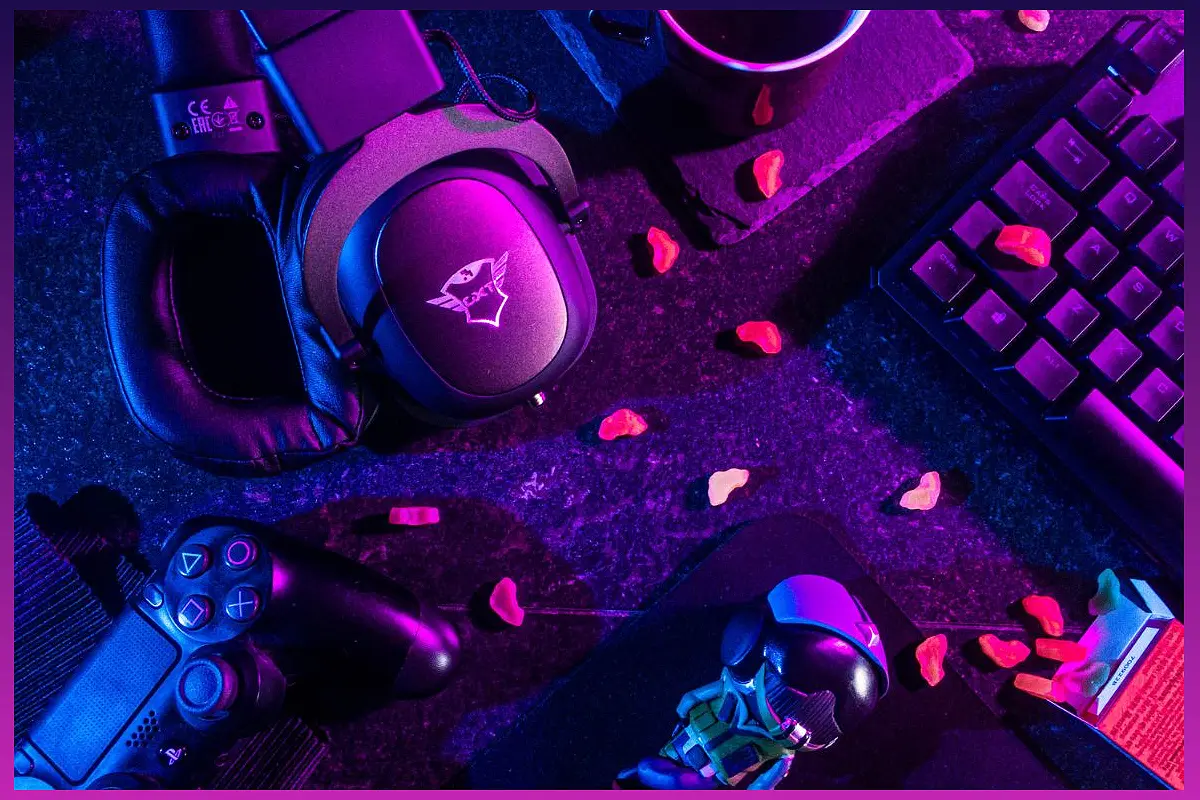Welcome to the world of Web3 gaming! In this article, we will delve into the state of Web3 gaming, providing you with valuable insights and trends that have emerged in this rapidly evolving industry. From key ecosystem metrics to funding rounds and gameplay trends, we will explore the exciting developments that have taken place. Join us as we uncover the evolution of Web3 gaming since the 2022 market correction and shed light on the future of this innovative sector.
Asia-Pacific: Leading the Way in Web3 Game Development
Discover why the Asia-Pacific region is at the forefront of Web3 game development and the significant contributions it has made to the industry.
The Asia-Pacific region has emerged as a frontrunner in Web3 game development, with 40% of developers based there. This region has been instrumental in driving innovation and growth in the industry, with half of the new games entering the space originating from Asia.
In 2023, the United States and South Korea were the key players in Web3 game development, accounting for a significant percentage of new teams. The USA remains the largest market for Web3 game developers, followed by South Korea, the UK, Singapore, Vietnam, and Australia.
Resilient Investments in Web3 Gaming Sector
Explore the resilience of investments in the Web3 gaming sector and the significant funding rounds that have taken place.
Investments in the Web3 gaming sector have shown remarkable resilience, experiencing a surge in 2021 and stabilizing in 2023. Since 2018, a staggering $19 billion has been invested in Web3 gaming-related projects.
The Web3 gaming market continues to grow, with blockchain gaming-related funding rounds reaching $1.5 billion in 2023. US-based Web3 gaming projects have attracted over $4 billion in funding, with other countries like France, Canada, Singapore, and Hong Kong also making significant contributions.
Genres such as Sports, MMOs, RPG, and Action have received the most funding since 2018, highlighting the diverse range of games that have attracted investment in the Web3 gaming sector.
The Dominance of Indie and Midsize Web3 Games
Learn about the dominance of indie and midsize projects in the Web3 gaming ecosystem and the most commonly developed genres.
The Web3 gaming ecosystem is primarily composed of indie-level and midsize projects, which make up a significant 94% of the market. In contrast, AAA titles contribute to only 6% of the market share.
The most commonly developed genres in the Web3 gaming space include RPG, action, strategy, and casual games. These genres cater to a wide range of player preferences and platforms, with RPG and action games being popular on PC, a balanced mix on mobile, and casual games leading in browser-based gaming.
Furthermore, the majority of Web3 games are free-to-play (F2P), while a significant portion requires players to hold specific NFTs to access the game, adding an additional layer of engagement and ownership.
The Rise of Blockchain Networks in Web3 Gaming
Discover the growing presence of blockchain networks in the Web3 gaming sector and the different types of networks being utilized.
Despite challenging market conditions, blockchain networks targeting the gaming sector have been on the rise in 2023. Over 81 new blockchain networks catering to gaming were announced, reflecting a 40% year-over-year growth.
The majority of Web3 games utilize general-use Layer 1 (L1) networks, with EVM sidechains also gaining prominence. However, there has been a significant increase in the adoption of Layer 2 (L2) and Layer 3 (L3) networks, driven by the rise of Optimistic L2/L3 solutions. Additionally, application-specific networks for gaming have seen substantial growth, accounting for 43% of newly launched networks.
These blockchain networks provide a decentralized infrastructure for Web3 games, enhancing security, scalability, and interoperability.
Distribution Challenges in the Web3 Gaming Stack
Explore the strategic challenges faced in distributing Web3 games and the evolving landscape of distribution platforms.
Distribution remains a key challenge in the Web3 Gaming Stack, with many Web3 games excluded from mainstream distribution platforms. Instead, these games rely on direct channels or Web3-native platforms for distribution.
However, there have been positive developments, with platforms like the Epic Games store showing increasing support for Web3 games. Unity and Unreal Engine dominate Web3 PC game development, capturing a significant share of the market.
Furthermore, the majority of Web3 games utilize blockchain technology to tokenize assets while keeping the game state and logic off-chain. This approach ensures data integrity and immutability while providing players with unique ownership experiences.
Migrating Web3 Games and Blockchain Competition
Discover the migration of Web3 games to different blockchain networks and the competition among various networks.
In 2023, a record number of Web3 games migrated to different networks, with Polygon, Immutable, and Arbitrum emerging as favored destinations. The Polygon ecosystem currently hosts the most Web3 games, followed by BNB and the Ethereum Mainnet. Immutable and Arbitrum have also gained significant popularity as Layer 2 gaming ecosystems.
It is worth noting that Solana remains the largest non-EVM ecosystem for Web3 games, providing an alternative to Ethereum-based networks.
The competition among blockchain networks in the Web3 gaming sector is driving innovation and offering developers and players a diverse range of options for creating and experiencing Web3 games.

